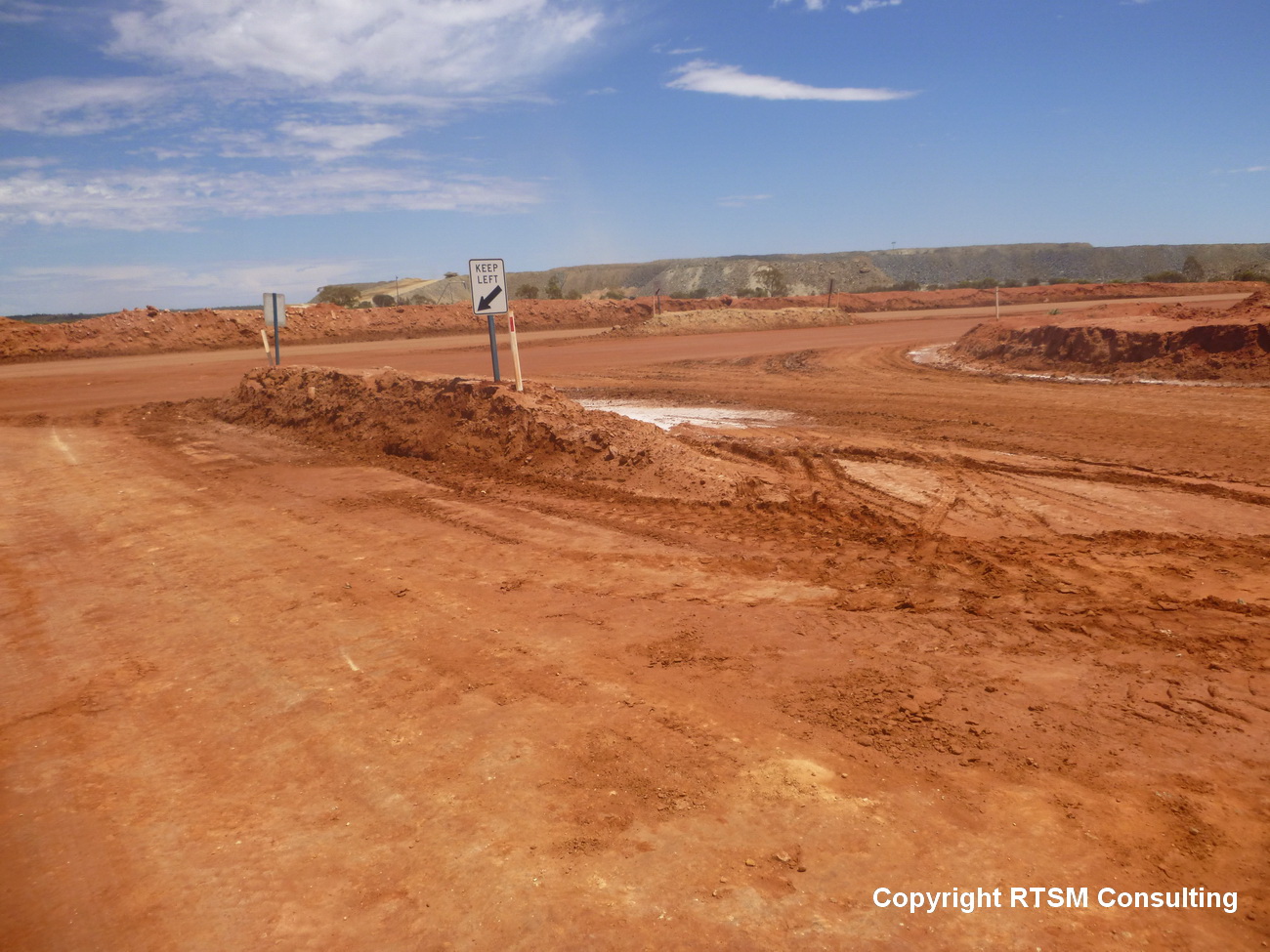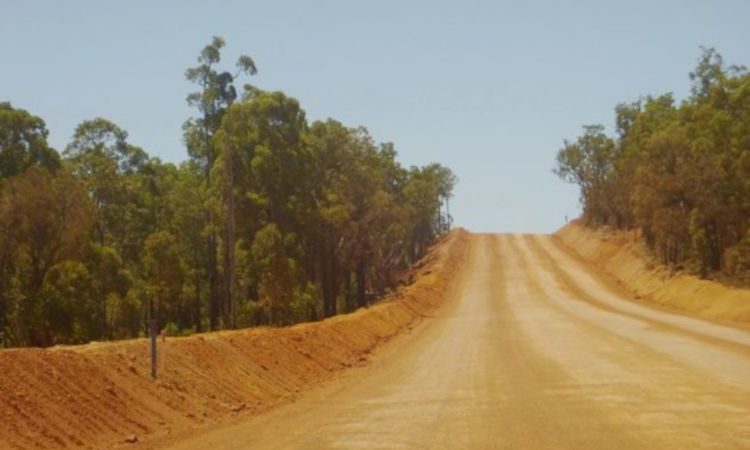Mining Road Design
Windrows on mining roads – design and construction principles
February 22, 2017
-
Windrows (earth bunds) are commonly used on mine sites as a barrier system to prevent mining vehicles from running off roads.
When designing and constructing windrows, some of the most important principles to follow include:
- Any type of barrier should be considered to be a roadside hazard. Therefore, windrows should only be installed where hazards exist and only if, in accordance with the hierarchy of control, hazards cannot be addressed in a different way
- The purpose of windrows is not necessarily to arrest errant vehicles but rather to redirect them back onto the road. For this reason, windrow batters should be as steep as practically possible
- Windrows should be built from unconsolidated and relatively uniform material
- Refer to the Designing waste rock barriers by advanced numerical modelling paper published by the Journal of Rock Mechanics and Geotechnical Engineering
- The industry-accepted rule of thumb is for the windrows to be constructed to a height equal to half the diameter of the tyre of the largest vehicle to regularly use a particular road. Some sites set the height to 2/3 or full tyre diameter in high risk areas. None of these has been tested and confirmed as guaranteeing safety for errant vehicles
- The above rule does not apply to light vehicle roads where windrows should be at least 1 m high.
- It is important that windrows do not prevent effective drainage of run off water from the road surface.
- Old tyres, concrete blocks, large boulders or similar objects should not be used for constructing windrows.
- Windrows should be regularly maintained with particular attention given to the removal of large rocks deposited by grading activities, maintaining drainage and maintaining batter angles.
- Windrows are used for the installation of traffic signs and delineation.
- Windrows should not obstruct visibility, particularly to drivers of light vehicles

Low windrows provided to channel traffic at an intersection

